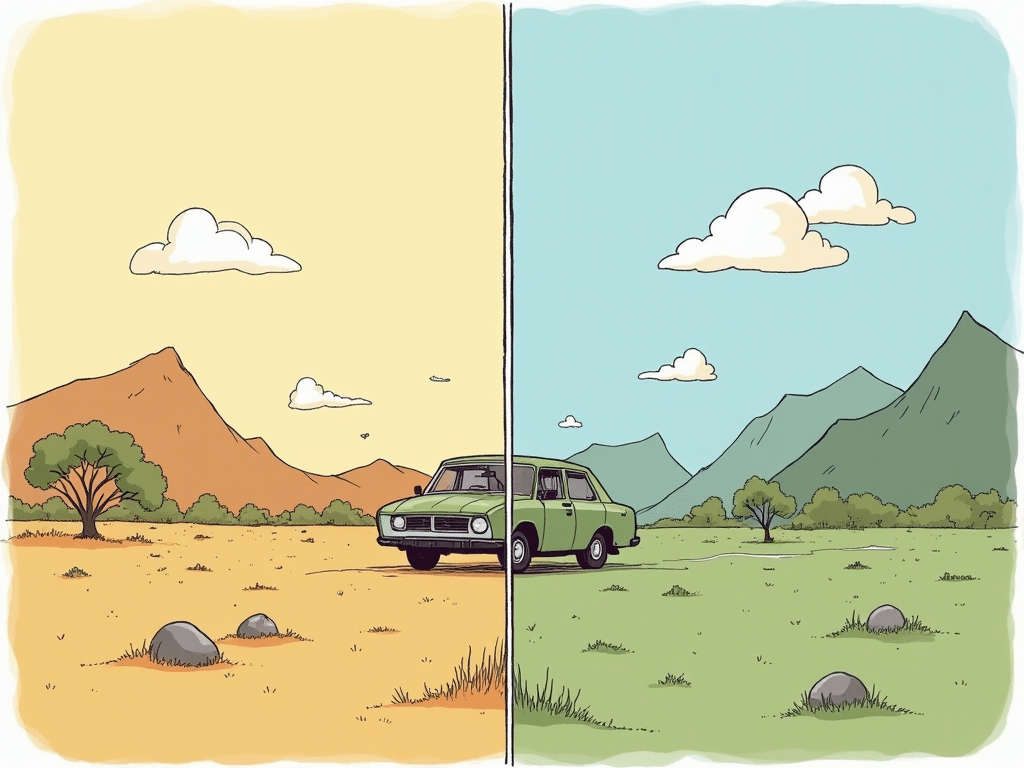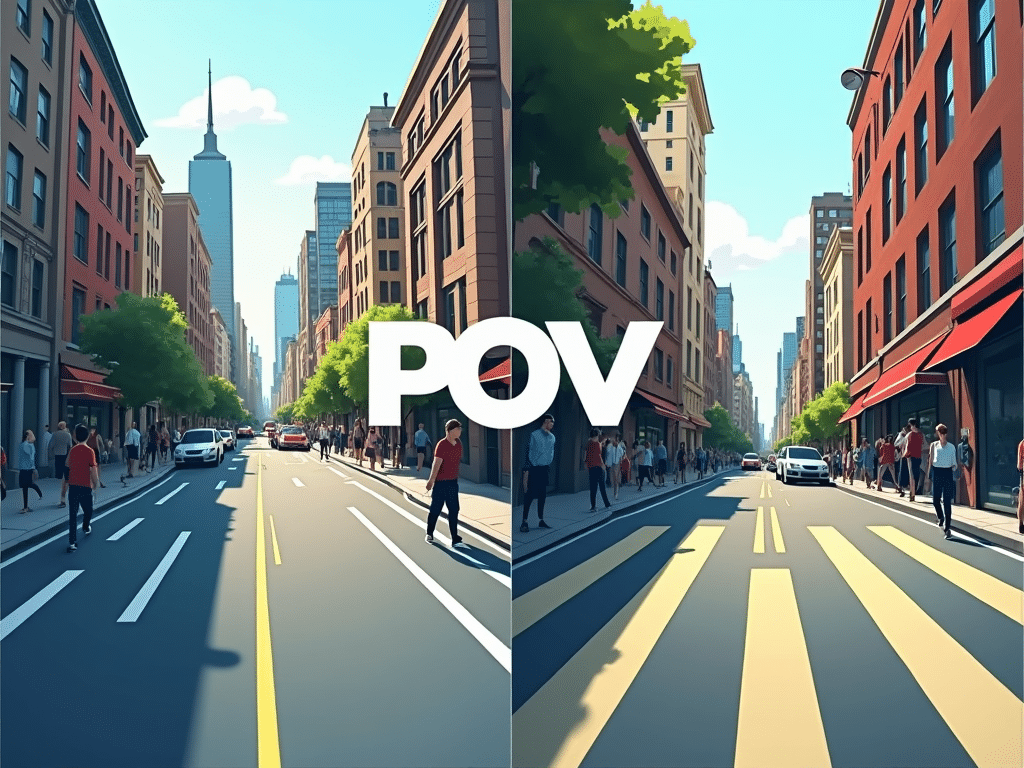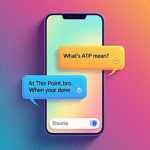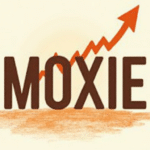POV stands for “Point of View.” It’s a term used to describe the perspective from which a story is told or a scene is observed. While it has long been a staple in literature and film, POV has gained new life on social media platforms like TikTok and Instagram, where it describes videos that immerse viewers in the creator’s perspective.
| Key Takeaways | Description |
|---|---|
| Meaning | POV means “Point of View.” |
| Usage | Describes perspective in storytelling and social media. |
| Context | Common in literature, film, and social media videos. |

Origins and Popularity
The concept of POV has been around for centuries in storytelling, but its popularity surged with the rise of social media. Platforms like TikTok have embraced POV videos, where creators use the format to make viewers feel part of the action, whether it’s a day-in-the-life scenario or a dramatic reenactment.
Also read: JFC Meaning
Why It Became Popular
- Immersive Experience: POV videos make viewers feel like they’re part of the scene.
- Emotional Connection: First-person perspectives create a stronger bond with the audience.
- Versatility: Used in various genres, from tutorials to storytelling.
Usage in Literature and Film
In literature, POV refers to the narrator’s perspective. There are three main types:
- First-Person POV: The narrator is a character in the story, using “I” or “me.”
- Second-Person POV: The narrator addresses the reader as “you,” creating an interactive experience.
- Third-Person POV: An outside narrator describes events using “he,” “she,” or “they.”
In film, POV shots allow audiences to see scenes through a character’s eyes, enhancing the storytelling by making it more personal and engaging.
Also read: Kintsugi
POV on Social Media

On platforms like TikTok and Instagram, POV videos are designed to make viewers feel like they’re experiencing the action firsthand. This format has become incredibly popular for its ability to engage audiences deeply.
Examples on Social Media
- Tutorials: Cooking or makeup tutorials filmed from the creator’s perspective.
- Role-Playing Scenarios: Acting out scenes where viewers feel like participants.
- Day-in-the-Life Videos: Offering a glimpse into someone’s daily routine.
How Brands and Influencers Use POV Videos
Brands and influencers have embraced POV videos as a powerful tool for connecting with their audience:
- Product Demonstrations: Showcasing products from a user’s perspective.
- Behind-the-Scenes Content: Offering exclusive glimpses into processes or events.
- Virtual Try-Ons: Allowing viewers to see how products look from their own perspective.
- Storytelling Campaigns: Creating emotional narratives that resonate with target audiences.
Also read: WSP Meaning
Practical Tips for Creating Engaging POV Content
Here are some tips for creating effective POV content:
- Focus on Storytelling: Make sure your video tells a compelling story that draws viewers in.
- Use Smooth Camera Movements: Keep your shots steady to maintain immersion.
- Incorporate Interesting Visuals: Use dynamic visuals or actions to keep viewers engaged.
- Add Music or Voice-Overs: Enhance your video with audio elements that complement the visuals.
Conclusion
POV is a versatile tool for storytelling across various mediums, from literature and film to social media. By understanding how to use it effectively, you can create engaging content that resonates with audiences. Whether you’re crafting a narrative or producing a viral video, mastering the art of POV can help you connect with your audience on a deeper level.
ALso read: Shooketh
As technology continues to evolve, we can expect POV content to become even more interactive and immersive, further cementing its place in the storytelling landscape.







